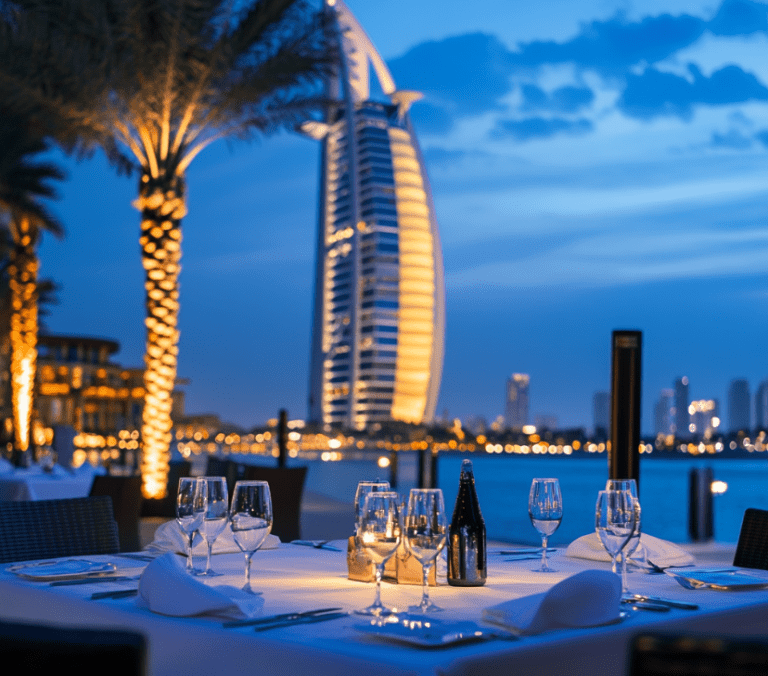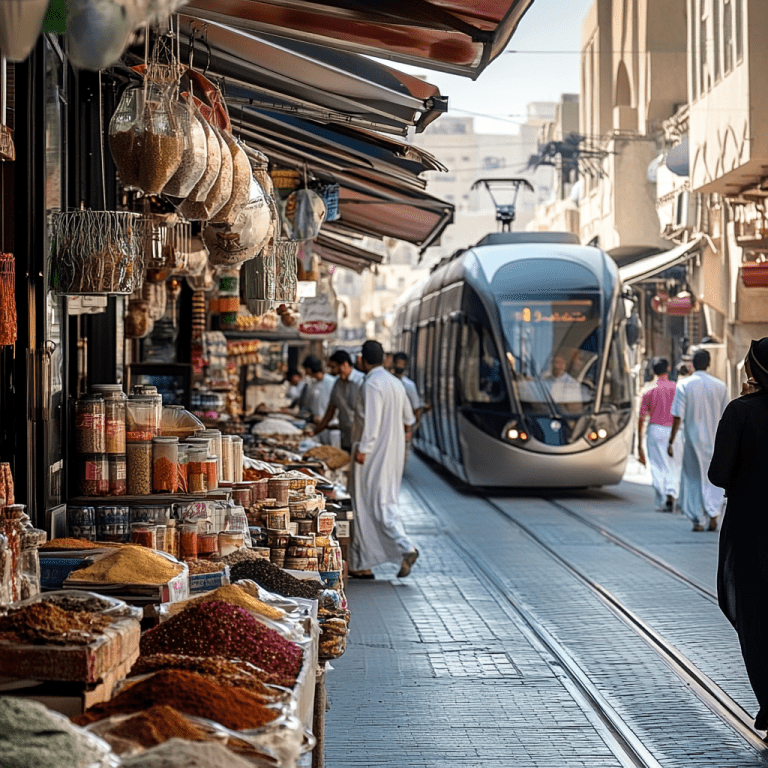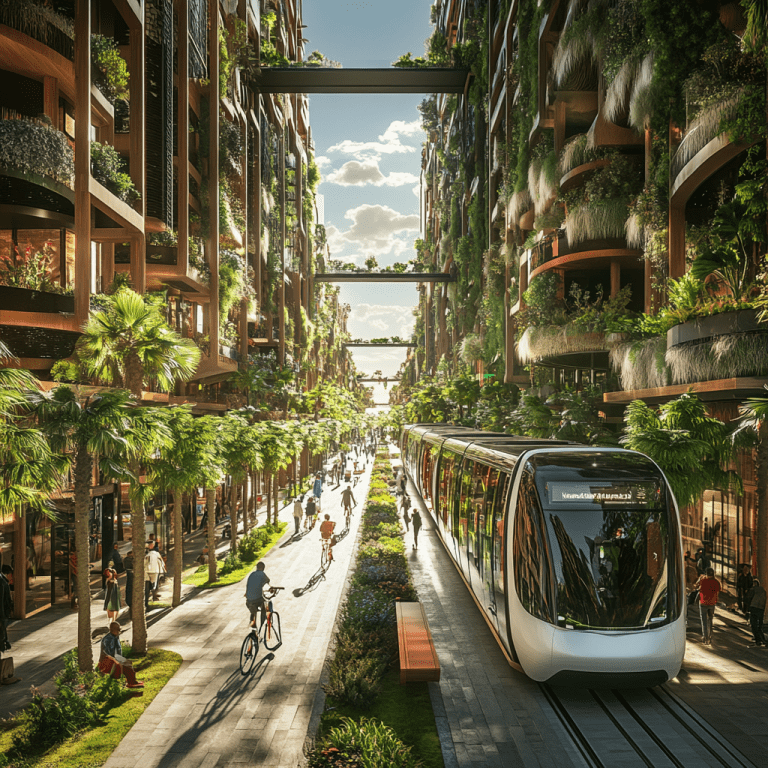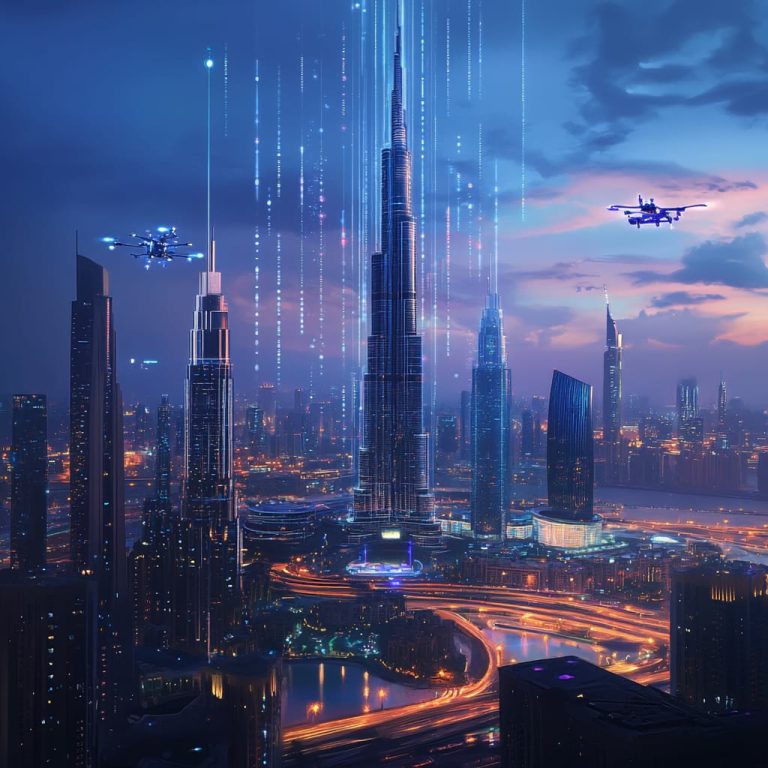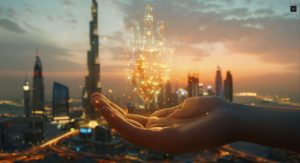The UAE Golden Visa is more than just a residency permit; it is the...
Inspiration
Find out why journaling prompts are trending for mindfulness and creativity—and try a thought-provoking...
Dubai’s 2025 luxury event calendar is a paradise for the elite, featuring world-class yacht...
Dubai’s cost of living is rising in 2025, but that doesn’t mean maintaining a...
Dubai is taking a giant leap toward sustainability with The Green Spine, an innovative...
Aiming for 47% Emission Reduction by 2035 As the world grapples with the pressing...
Dubai has set itself on a progressive path to becoming one of the world’s...
The Burj Khalifa in Dubai, standing at a staggering 828 meters (2,717 feet), is...


